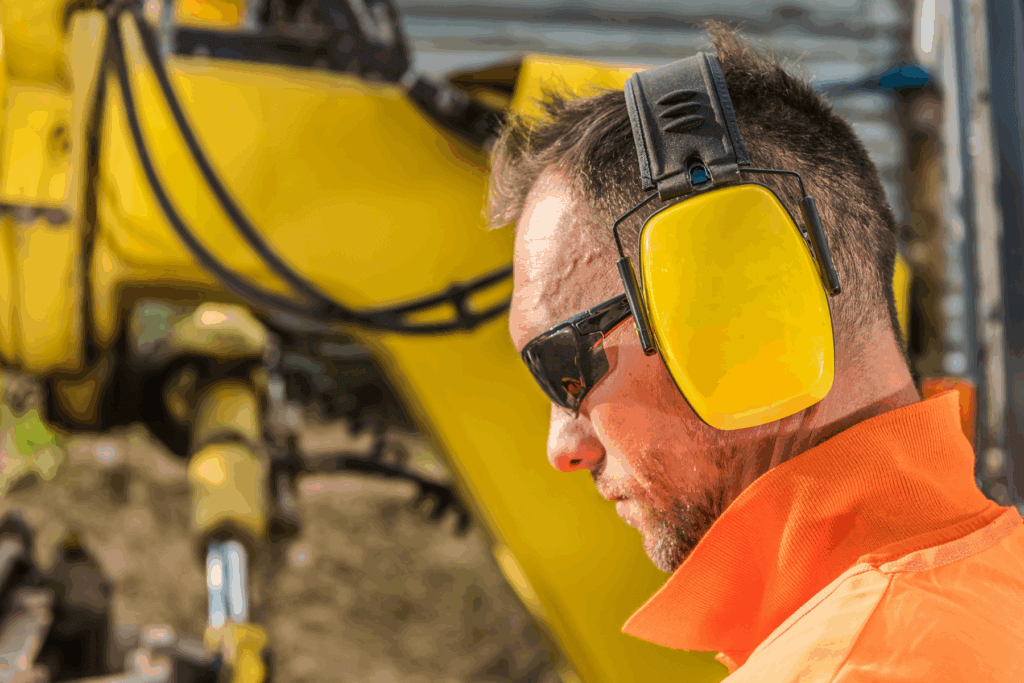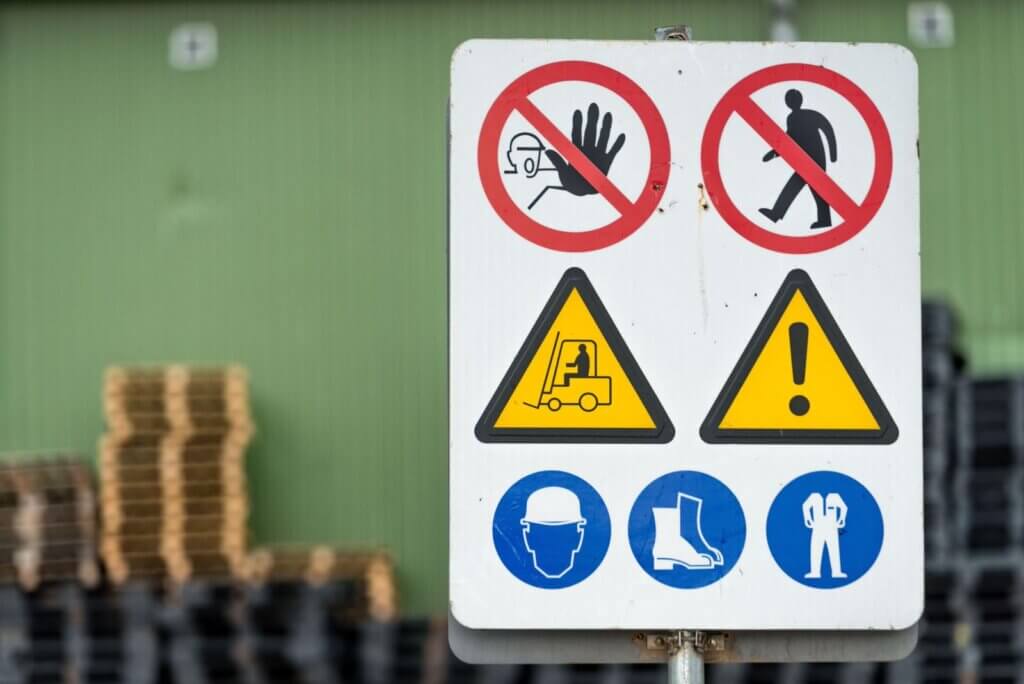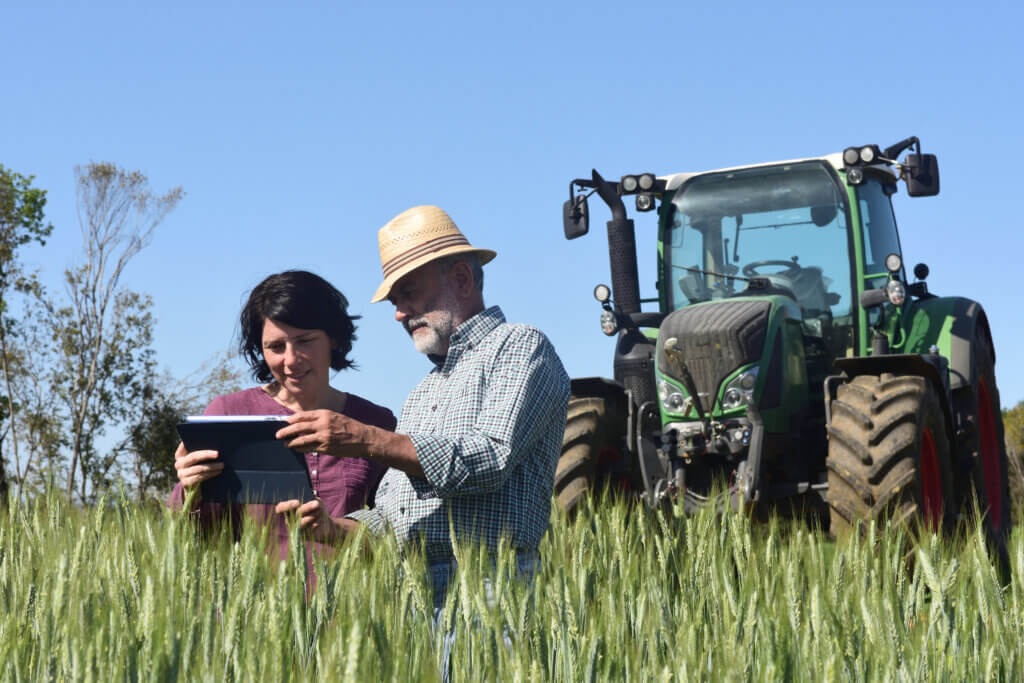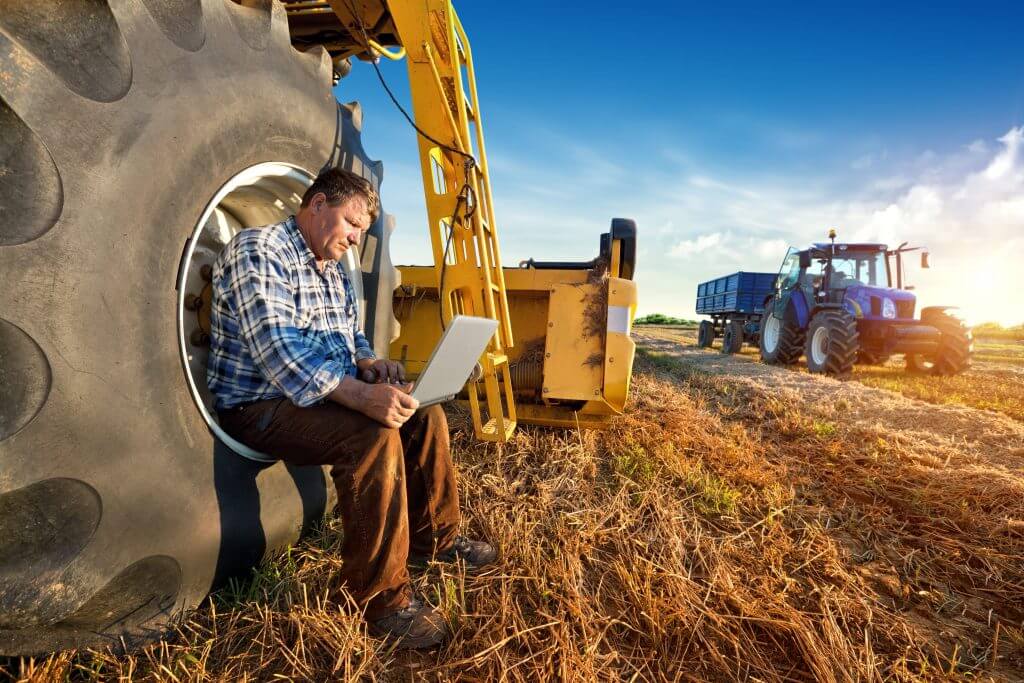When people think about workplace safety, they often imagine machinery. But in breeding and training environments, it’s horses, not machines, that are responsible for many of the most serious injuries.
Despite their grace and intelligence, horses are large, powerful animals with a strong flight response. Even experienced handlers can find themselves in danger if something startles a horse or procedures aren’t followed. Every task, from grooming to float loading, carries risk.
Horse injuries are more common than you think
Safe Work Australia data shows that one worker is hospitalised every day in Australia due to a horse-related injury. And it’s not just workers. Bystanders, visitors, and volunteers are regularly injured on farms and at training facilities across the country.
Between July 2019 and June 2022, there were 11,635 hospital admissions across Australia for horse-related incidents. Of those, 1,212 involved people working with horses as part of their job.
Fatalities are an ongoing concern too. A 20-year review found horses were the leading cause of animal-related deaths on Australian farms, some that include training facilities, responsible for 75 out of 106 animal related fatalities. Most of these involved a person either being struck by or falling from a horse.
Why do horse injuries happen?
Most injuries don’t occur during high-risk or reckless situations. They happen during everyday tasks: stabling a horse, picking out hooves, unloading from a float.
The reasons are varied. Horses may spook from loud noises, sudden movements, or unfamiliar surroundings. Poorly designed facilities can funnel people into unsafe positions. Human error, often stemming from distraction, fatigue, or overconfidence, is also a factor in many incidents.
Common injury types when working with horses
Falls from horseback account for a large proportion of head injuries and fractures. Even the most experienced riders are vulnerable if a horse trips, bucks, or bolts.
Kicks and strikes are among the most serious. A horse kick can generate more than 900 kg of force, enough to break bones or cause life-threatening internal injuries.
Crush and trample injuries happen when people are pinned against gates, fences or walls, or when a horse steps on them. These incidents often occur in tight spaces, boxes, or while handling difficult horses.
Dragging and entanglement can occur if a rope wraps around a handler’s hand or leg. Falls where a foot gets caught in a stirrup can result in dragging, which may cause serious abrasions or dislocations.
Manual handling injuries are also common. Feeding, rugging, and lifting saddles or hay bales can lead to strains and repetitive-use injuries, particularly when done in awkward or rushed positions.
Transport injuries, especially during float loading, are a major risk point. Horses may rear, resist, or bolt, putting everyone around them in danger.
Where injuries usually happen
Incidents often occur in:
- Boxes and tie-up areas
- Paddock gates and laneways
- Crushes, stocks and mounting blocks
- Loading ramps and floats
- Yards or zones with poor visibility or lighting
Experienced handlers are not immune
It’s a common misconception that injuries mostly affect new or inexperienced workers. In reality, seasoned staff are often the ones managing the riskiest tasks, difficult horses, tight timelines, and unpredictable conditions.
Over time, familiarity with horses and routines can lead to shortcuts or complacency. That’s why ongoing training, refresher inductions, and clear safety culture are essential at every level of experience.
Best practice for preventing horse-related injuries
Train and assess all workers
All new workers should complete inductions that include safe horse handling. Just as importantly, competency assessments help ensure workers aren’t given tasks beyond their skill level. When handling horses, a worker’s experience and ability should be matched to the temperament of the horse.
Set clear handling protocols
Approach horses calmly and from the side. Stay out of the kick zone unless close to the body. Use quick-release knots and avoid wrapping ropes around your hands. Distractions like phones should be off-limits when working with horses.
Wear appropriate gear
Helmets and heeled boots are essential for riders. Sturdy, enclosed footwear which can be steeled capped if preferred. Gloves can help avoid rope burn. Vests and other PPE should be used as needed depending on the task.
Maintain safe facilities
Check fencing, gates, latches, flooring, and lighting regularly. Non-slip surfaces and wide, uncluttered laneways reduce the chance of a trip, spook, or collision. Visibility and sound control matter as noise or shadows can trigger sudden reactions in horses.
Read the horse
Every horse gives cues. Pinned ears, a swishing tail, or widened eyes are all warning signs. Make sure your staff know how to read these cues and respond appropriately. Posting quick behavioural notes on stable doors can help share this knowledge across the team.
Develop systems and documentation
Have written SWPs for high-risk tasks: handling stallions, float loading, administering injections, etc. Maintain a safety register, incident log, and have emergency numbers posted clearly. Toolbox talks and regular safety meetings should be part of routine operations.
How Safe Industries Australia can help
Managing risk is an ongoing process. Safe Industries Australia provides specialist support to the equine, training and agri-business sectors with a practical, no-fuss approach.
Our services include:
- Tailored on-site inspections to identify hazards before they cause harm
- Complete induction systems and staff competency assessments
- Identify and supply appropriate safety signage
- Ready-to-use safety forms, procedures, and compliance documentation
We help you build a system that keeps your workplace safe, compliant and ready for anything, so you can focus on the performance of your horses.
Let’s shift safety from a tick box exercise to a smart, proactive part of your daily operations.




